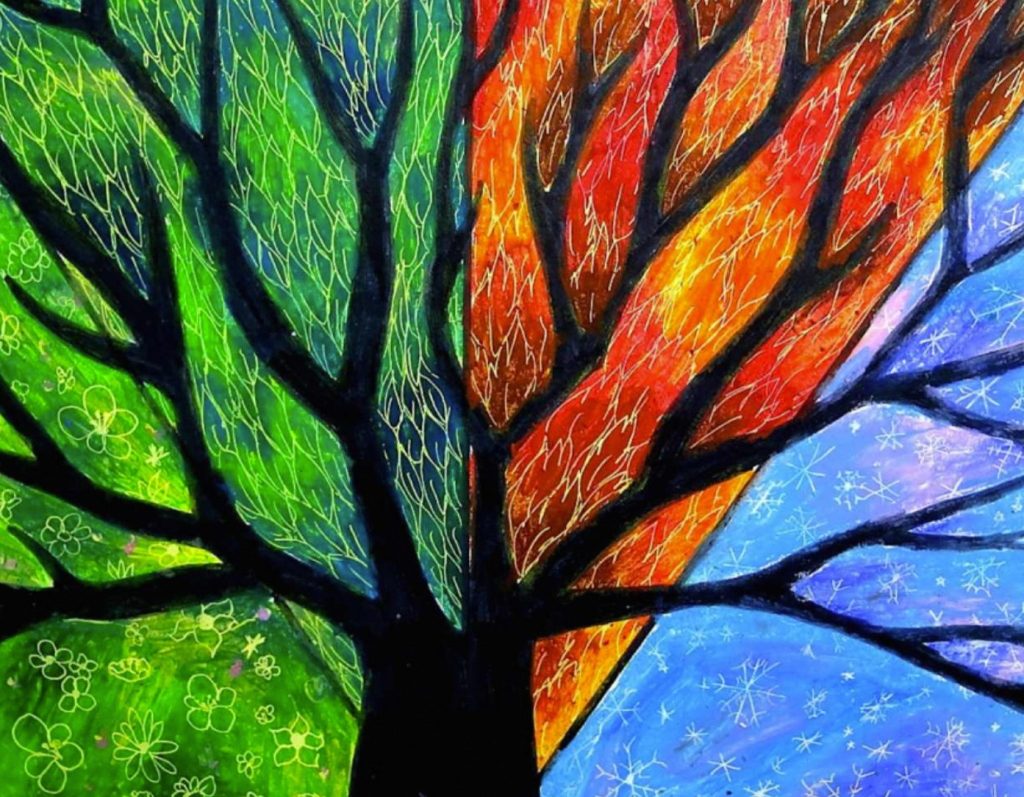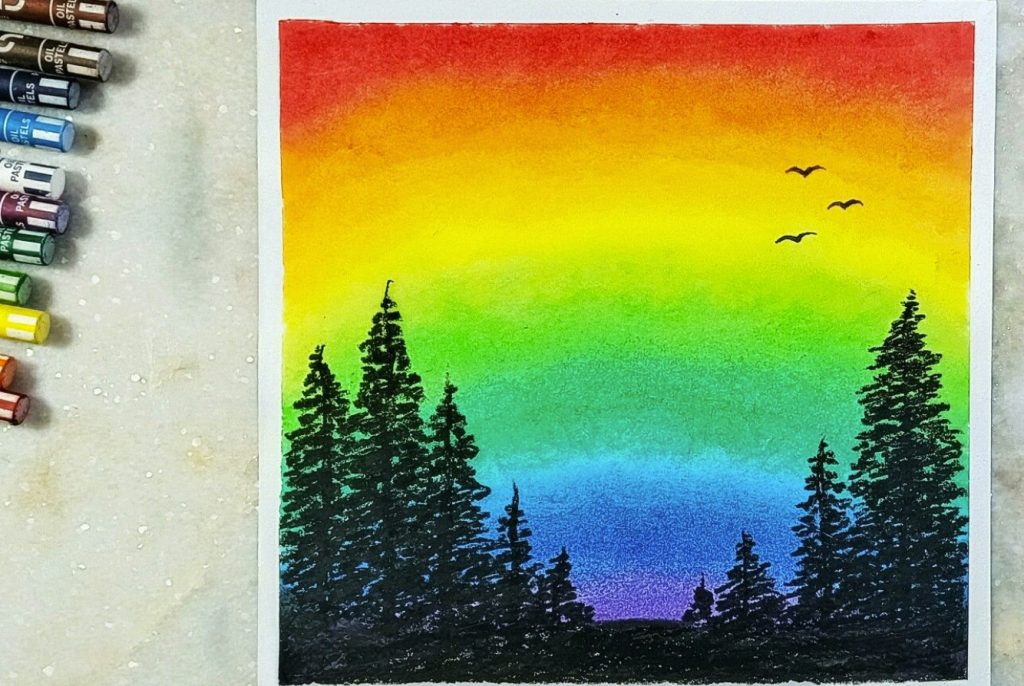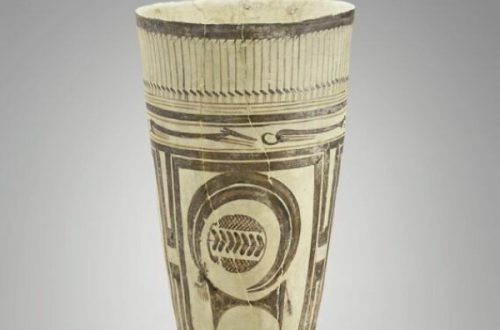Oil pastels, with their vibrant colors and unique textural capabilities, offer artists a dynamic medium for creative expression. Unlike traditional pastels, oil pastels have a higher wax content, making them blendable and capable of creating a rich, textured surface. Mastering texture and color in oil pastels unlocks a world of artistic possibilities, allowing you to bring depth, realism, and emotional impact to your drawings.

Part 1: The Power of Color
1. Choosing Your Palette:
Oil pastels offer a vast spectrum of colors, ranging from bold primaries to subtle earth tones and fluorescents, providing artists with a diverse and expressive palette to work with. When selecting your colors, it’s important to consider the mood and atmosphere you aim to evoke in your artwork. A vibrant palette, incorporating contrasting colors, can infuse your artwork with a sense of high energy, excitement, and dynamism, while a more muted palette featuring analogous colors can evoke feelings of tranquility, harmony, and subtlety. By experimenting with different color combinations, you can explore the emotional resonance and visual impact of various hues, finding the palette that speaks to you and best captures the essence of your artistic vision. Embracing the variety of colors available in oil pastels allows you to tailor your artwork to convey specific emotions and atmospheres, infusing your pieces with depth, vitality, and personal expression.
2. Layering and Blending:
Oil pastels are uniquely versatile when it comes to layering and blending, offering a smooth and seamless transition between colors. In contrast to the chalky texture often associated with hard pastels, oil pastels allow artists to achieve gradual and refined color transitions. Begin by layering light colors as a base. Progressively build up to darker shades to create depth and dimension in your artwork. Experiment with various blending techniques. These can be using your fingers or tools such as blending stumps. This helps to seamlessly merge the colors and create a fluid, harmonious flow of hues. By incorporating different blending approaches, such as circular motions or strokes that follow the form of the subject, you can achieve a myriad of desired effects. These range from soft and gentle gradations to more bold and striking transitions.

Part 2: Exploring Texture
1. The Application of Oil Pastels:
Mastering the application of oil pastels is essential for manipulating the texture of your artwork. The pressure exerted when using oil pastels has a significant impact on the overall texture of the piece. Light pressure creates a smooth, almost painted effect, enabling the blending of colors and facilitating delicate transitions between hues. Conversely, applying more pressure results in a thicker, more pronounced layer of pastel, exposing the texture of the paper and the inherent texture of the pastel itself. This technique adds depth and visual interest to your artwork. Additionally, utilizing the side of the pastel for broader strokes and the tip for finer details allows for a diverse array of textures, contributing to the overall richness of the piece.
2. Scratching and Hatching Techniques:
Oil pastels offer unique possibilities for creating texture through scratching and hatching techniques. Use a sharp tool like a knife or a pointed pastel to scratch through the top layer of pastel, revealing the color underneath. This technique can be used to add highlights, create fur or hair textures, or suggest sharp edges. Hatching involves creating lines with the pastel, close together or far apart, thick or thin, to create a sense of depth and form. The direction and density of the hatches can create a variety of textures, from smooth to rough.

Part 3: Combining Color and Texture
1. Creating Depth and Dimension:
By combining color and texture, you can create a sense of depth and dimension in your oil pastel drawings. Use darker, rougher textures in the foreground to bring elements forward, and lighter, smoother textures in the background to create a sense of recession. You can also use contrasting colors to emphasize depth. For example, placing a warm-colored object with a rough texture against a cool-colored background with a smooth texture creates a visually striking contrast that draws the eye forward.
2. Evoking Emotion with Texture:
Texture serves as a powerful means of evoking emotion and adding depth to your artwork. When working with rough textures, you can communicate elements such as roughness, harshness, or the passage of time. By employing scratchy textures to depict weathered tree bark, for instance, you can effectively convey a sense of age and resilience, infusing your piece with a visual and emotional narrative. On the other hand, smooth textures can evoke feelings of calmness, serenity, or softness. By experimenting with different textures and observing how they interact with color, you can effectively convey your desired emotions and add dimension to your art. Essentially, texture becomes a compelling and multifaceted tool that conveys not only visual characteristics but also emotional and narrative content.

Part 4: Inspiration and Experimentation
1. Finding Inspiration:
When working with oil pastels, inspiration for texture and color can be found in the world around you. Observe the rich textures of natural elements such as the rough bark of trees, the delicate veining of leaves, or the rugged surfaces of rocks and stones. Additionally, pay attention to the textures of man-made objects, from the soft folds of fabrics and textiles to the intricate details of furniture and the varying surfaces of buildings. Take note of how light interacts with these diverse textures, casting highlights and creating shadows that add depth and dimension. Draw inspiration from these observations, allowing the textures and colors you observe in the environment to inform and enrich your oil pastel artworks.
2. Experimentation is Key:

The beauty of oil pastels lies in their versatility. Don’t be afraid to experiment with different colors, textures, and techniques. Try applying pastels in unexpected ways, using unconventional tools, and creating mixed-media pieces with other mediums. The more you experiment, the more you’ll discover the unique potential of oil pastels and develop your own artistic voice.
By understanding the power of color and texture, and by embracing experimentation, you can elevate your oil pastel drawings to new heights. With practice and exploration, you’ll unlock a world of creative possibilities and transform your artwork into a captivating visual experience.


